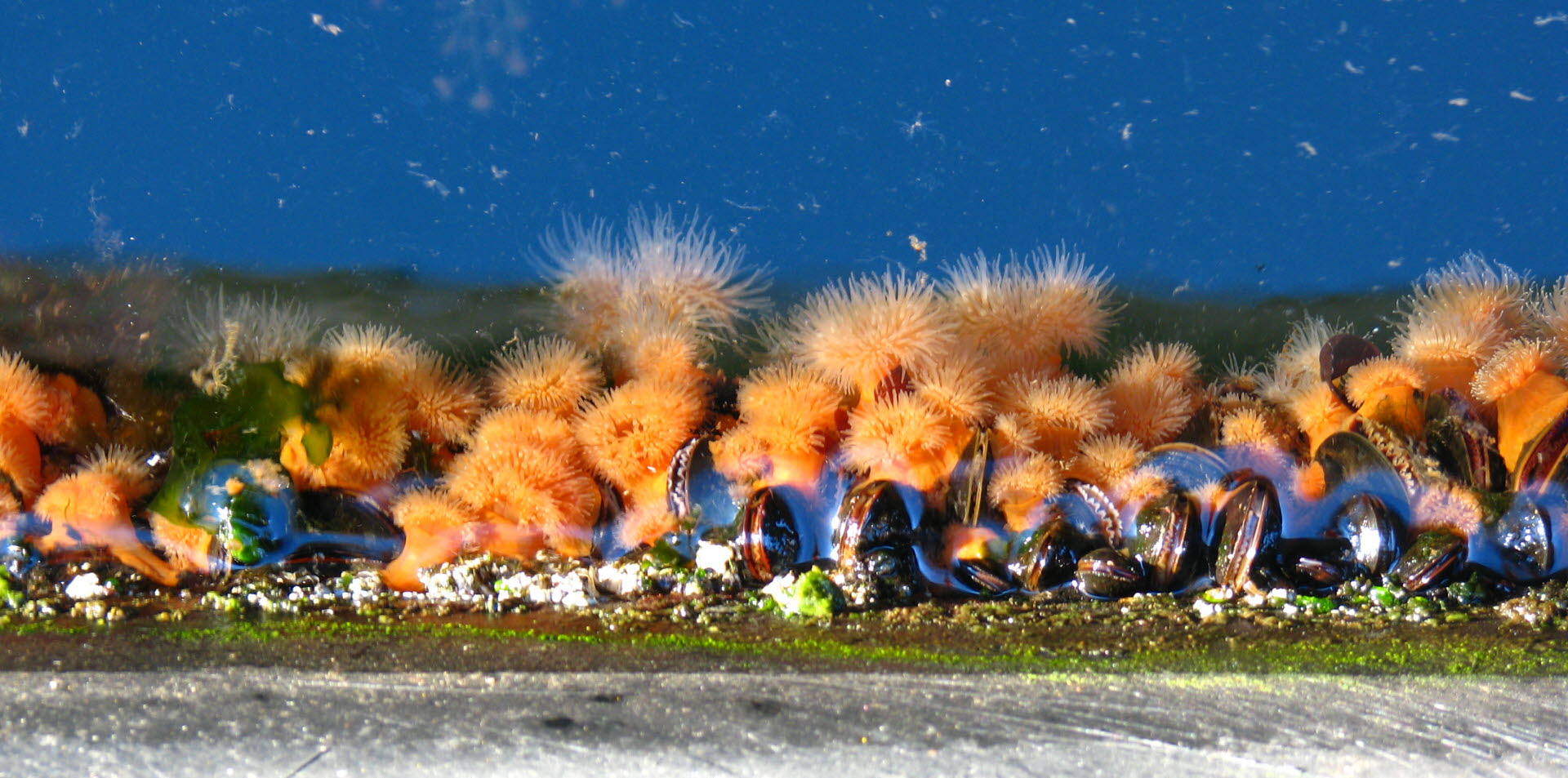Resources
ABOUT BIOFOULING
 As soon as a vessel is placed in water – whether into saltwater or freshwater - marine growth begins to accumulate on the hull. This biofouling starts with bacteria and algae, and can quickly progress to brine shrimp, barnacles, leafy plant growth, tubeworms and other forms of marine life. Generally speaking, the warmer the water temperature and the more nutrients in it, the faster this growth accumulates. Bacterial microfilm usually appears within the first week, and algae grows rapidly after the boat is in the water for 2-3 weeks.
As soon as a vessel is placed in water – whether into saltwater or freshwater - marine growth begins to accumulate on the hull. This biofouling starts with bacteria and algae, and can quickly progress to brine shrimp, barnacles, leafy plant growth, tubeworms and other forms of marine life. Generally speaking, the warmer the water temperature and the more nutrients in it, the faster this growth accumulates. Bacterial microfilm usually appears within the first week, and algae grows rapidly after the boat is in the water for 2-3 weeks.
Applying an anti-fouling paint to a boat’s hull below its water line can retard the growth of marine organisms. These bottom coatings typically contain forms of copper or zinc, both of which are poisonous to marine growth.
While there are many types of anti-fouling paints currently available, the most commonly used coatings are the leaching and ablative types. Considered “hard” paints, leaching coatings allow the metals to bleed out of the paint in a controlled manner. They are durable and smooth, offering a low friction surface. Ablatives, on the other hand, rely on a very thin outer layer of paint to slough off as the boat moves, taking marine growth with it. Ablative coatings tend to be less durable, so more frequent recoating is often required.
Regardless of paint type, the biofouling progression begins within hours of recoating a boat’s hull. Noticeable fouling often occurs within several weeks of cleaning or recoating. The boat bottom becomes rougher, creating hydrodynamic drag. This drag significantly reduces boat performance and increases fuel consumption. For example, a typical 40-foot motor sailboat with a clean hull can make 7 knots (about 8 miles an hour) at full throttle. With a moderately fouled hull, the speed of that same vessel will be reduced to just over 5 knots at full throttle - an efficiency reduction of over 30%. The effect of biofouling on powerboats can be even more dramatic; a boat that is normally capable of making 20+ knots may only top out at 8 to 10 knots. More fuel is burned yet less distance is covered. Expecting reasonable performance from a boat with a fouled hull is like expecting a car to handle well and maintain rated fuel economy while driving it on four flat tires!
